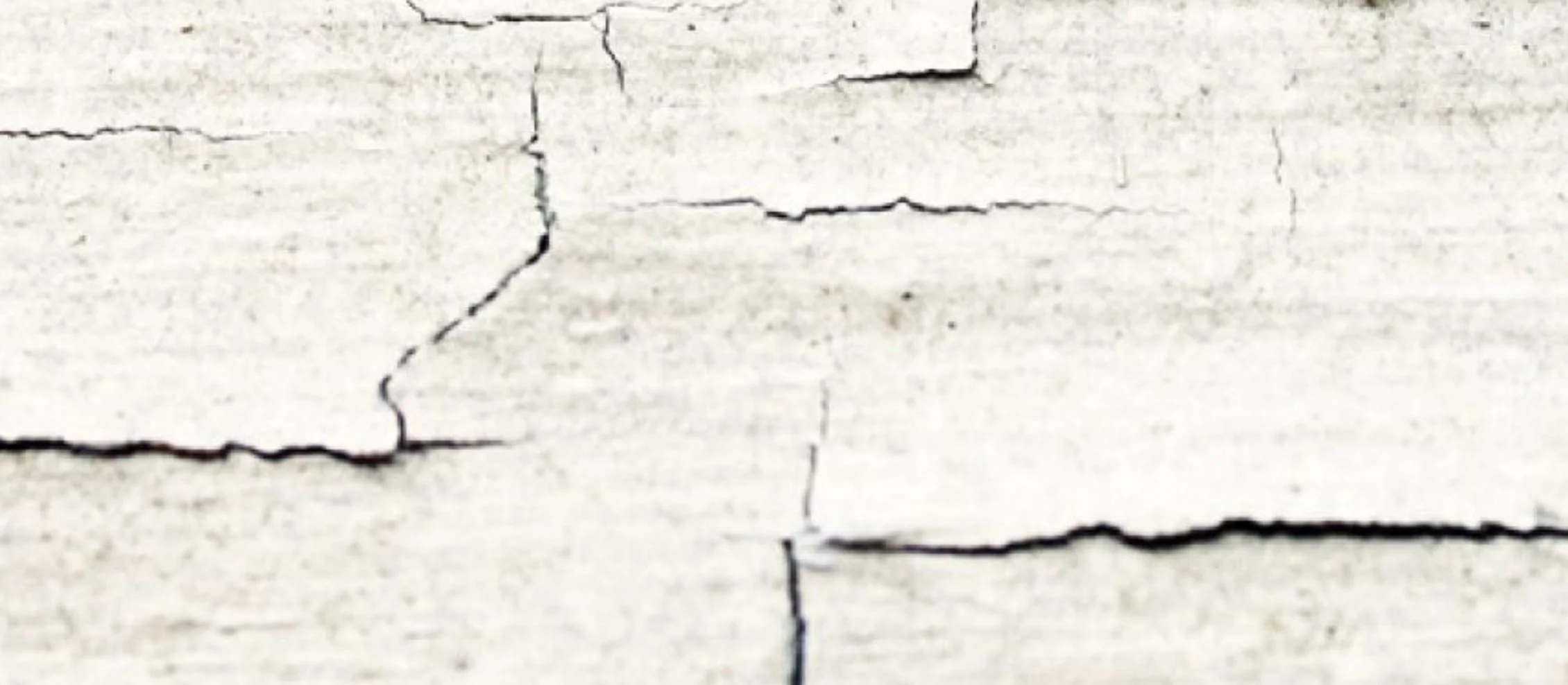Homes built prior to 1978 have the potential to have lead based paint contained in it. In many of the areas I appraise such as Greensburg, Delmont, Export, Derry, Irwin, etc., that is a lot of homes. Probably 80% or more of the homes in these areas were built prior to 1978.
When lead based paint peels and cracks, it creates paint chips and dust. You can tell a deteriorated paint surface possibly contains lead when there is a pattern to the cracking termed “ alligatoring”. It creates a pattern that looks a little like scales or a grid. Another sign is if it creates a chalky residue when it rubs off. Also, any surface covered with lead-based paint where the paint may wear by rubbing or friction is likely to cause lead dust including windows, doors, floors, porches, stairways, and cabinets.
When performing appraisals for loans that are for FHA/USDA or VA financing, one of the issues that we as appraisers need to pay specific attention to is what is termed “defective paint surfaces” in houses that were built prior to 1978. Any paint that is found to be peeling, bubbled, flaked or chipped needs to be called out as a necessary repair to be professionally addressed due to the risks associated with lead based paint. To some it sounds like overkill. In fact, I used to think years ago, how can it be that bad?
So, why is this so concerning?
Is this something you should even be concerned about?
The very short answer is yes.
If you don’t read anything further in my article, please click on this link to read what the Cleveland Clinic has to say about lead poisoning. If you are like I was, this information might change your mind about the seriousness associated with lead poisoning.
https://health.clevelandclinic.org/lead-paint-dangers/
When lead is absorbed into the body, it can cause damage to the brain and other vital organs like the kidneys, nerves, and blood. Lead may also cause behavioral problems, learning disabilities, seizures, and in extreme cases, death. While it is harmful to all ages, lead presents the most danger to children. Infants and young children are more likely to be exposed to lead than are older children. They might chew paint that flakes off walls and woodwork, and their hands can be contaminated with lead dust. Young children also absorb lead more easily, and it's more harmful for them than it is for adults and older children.
According to The Cleveland Clinic “For a child, even the smallest amount of lead can cause developmental problems.” If there is one thing that is most important to understand about the risk of lead poisoning, it is this… The effects of lead poisoning CANNOT be reversed. The best way to avoid the danger is to minimize the exposure to the risk.
How do you limit your risk to lead poisoning when it pertains to real estate? You can avoid it almost entirely by choosing to purchase or rent a home that was built after 1978. If that isn’t possible, then you can either have all the lead based paint removed or treat existing lead based paint by using an encapsulent. Encapsulants are materials that are applied over lead-based paint to seal the paint to a surface and prevent the release of paint chips or dust. The material may be either a liquid or an adhesive. Encapsulation provides a barrier between the paint and the environment. Conventional paint is NOT an encapsulant. There are specific types of paint that are classified as an encapsulant.
In short, know the risks and be informed. Living in a home built prior to 1978 has the possibility of having lead based paint. You can limit your risk for the potential of having lead poisoning by having a good maintenance program addressing any known existing lead based paint, having it removed and/or having it encapsulated.

